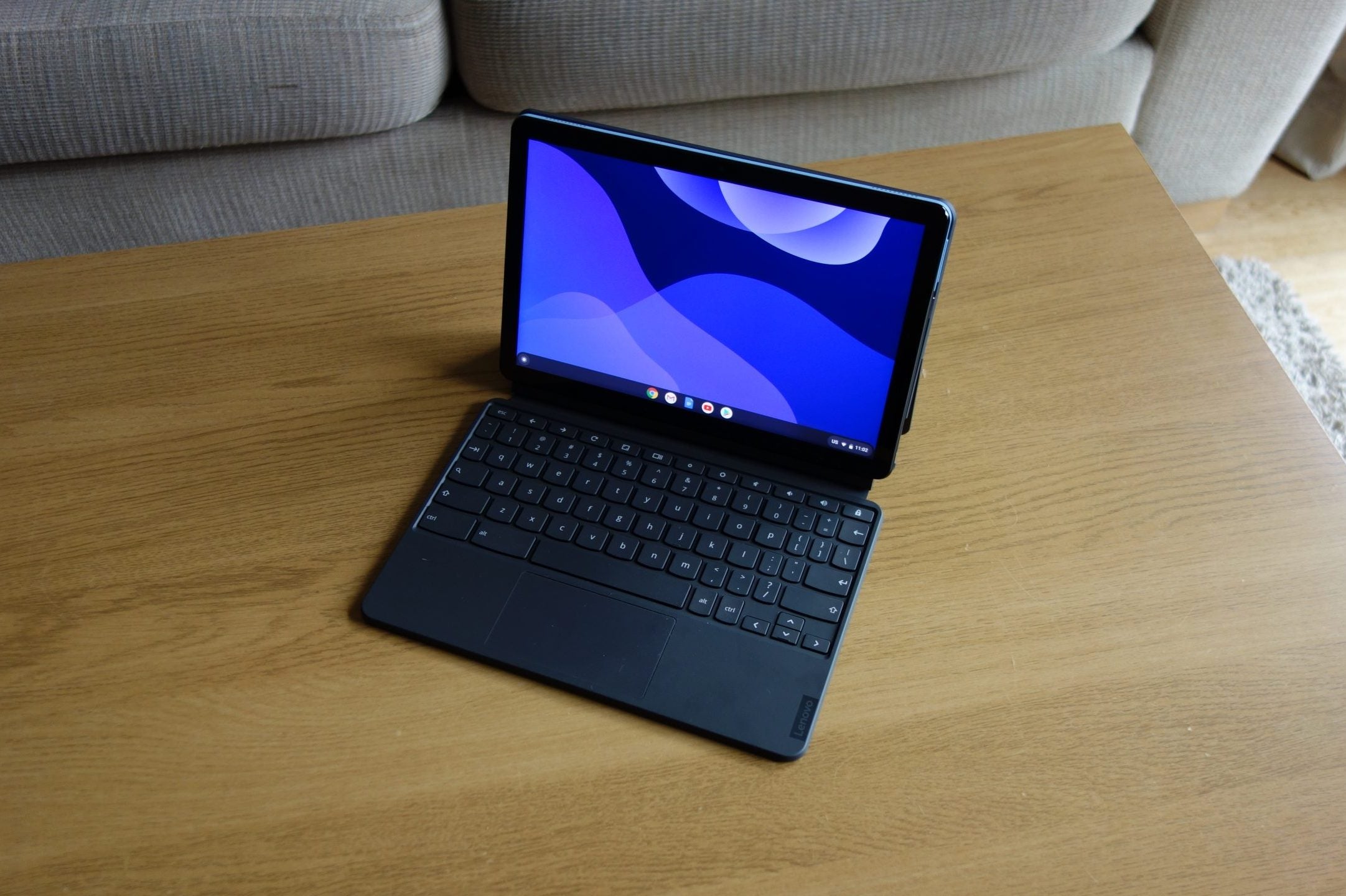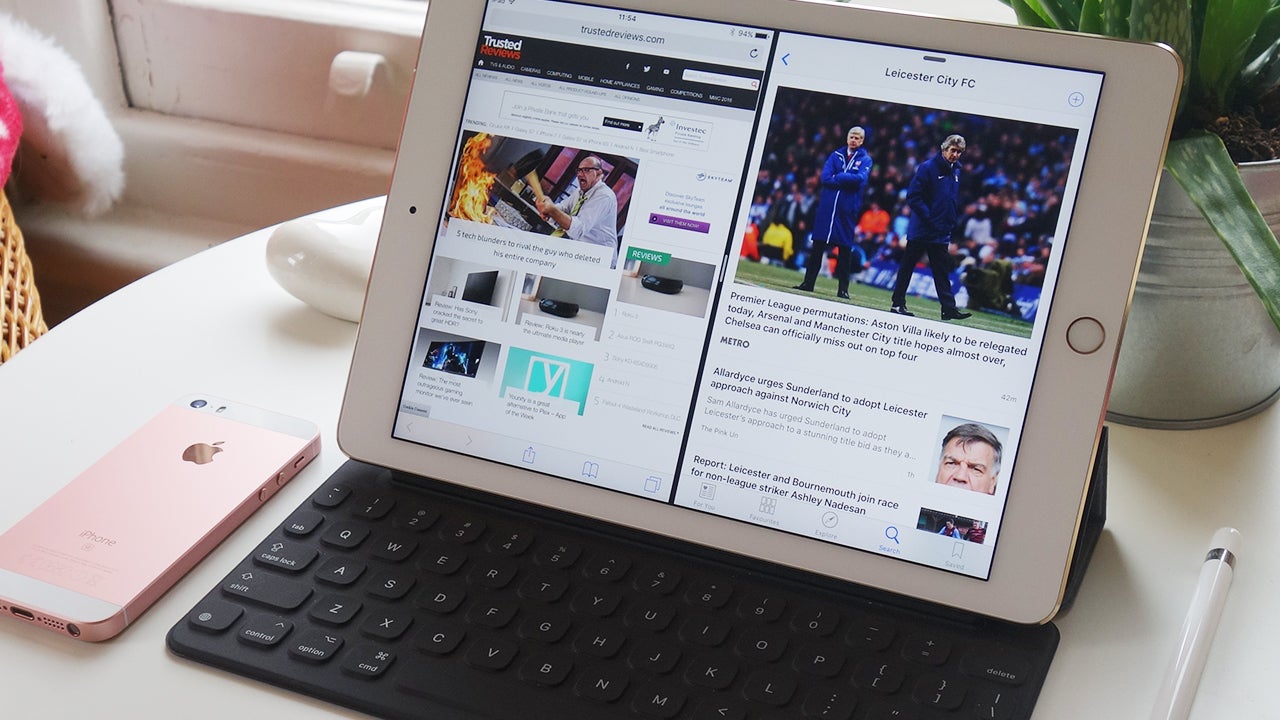Surface Go 2 Review
Microsoft's new tablet sees an updated processor and a slimmed down bezel
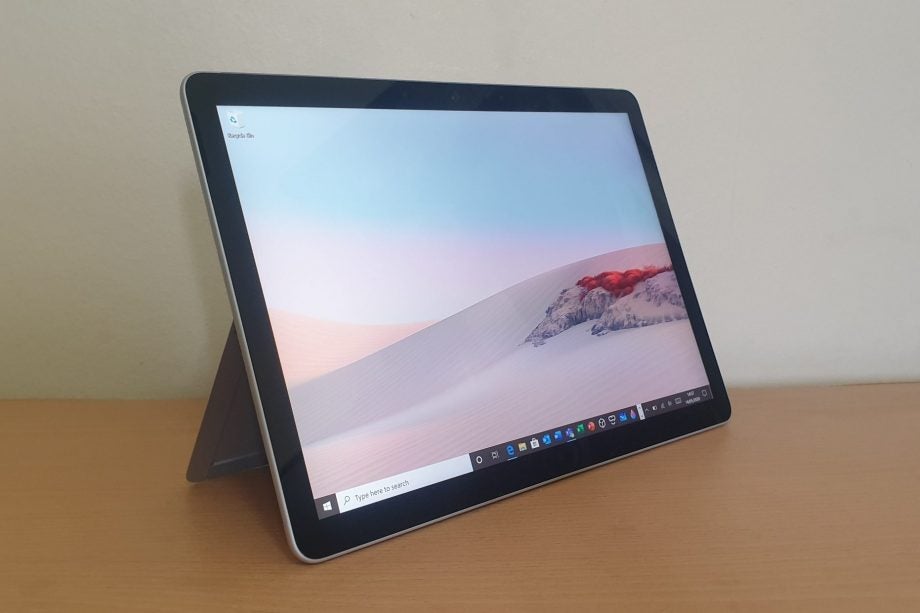
Verdict
The Surface Go 2 looks to be a promising device, with clear potential of being one of the best non-Apple tablets on the market. Pair it up with the Type Cover, and it can even offer some of the benefits of a budget ultrabook. But with very minor improvements since the original, it’s probably only worth considering for Surface Go newcomers
Pros
- Slimmer bezels result in a more stylish design
- Bright and colourful display
- Good battery life
- Superb microphones and webcam
Cons
- Entry-level model has poor performance
- Windows 10 S mode has lots of restrictions
- Not a very touchscreen-friendly UI
- Type Cover is expensive and can’t replace keyboard
Key Specifications
- Review Price: £399
- Originally reviewed: May 19, 2020
- 10.5-inch (1920×1280) PixelSense
- Up to 8th Gen Intel Core m3 CPU
- Intel UHD Graphics 615 graphics
- 4GB / 8GB RAM
- Up to 128GB SSD
- Dimensions: 245 x 175 x 8.3 mm
- Weight: From 544g
The Surface Go 2 pitches itself as an all-in-one device, providing the portable convenience of a tablet, along with the practicalities of a clam-shell laptop – at least on paper.
However, there are a number of caveats with these promises. Firstly, the Type Cover required to turn this device into a laptop imitator isn’t included in the box and costs an additional £99.99.
Secondly, the Windows 10 S Mode isn’t quite as touchscreen friendly as Android or iPadOS, while the entry-level Surface Go configuration lacks the performance power to make the most of full-fat Windows 10, leaving both operating system options feeling at odds with the design.
The introduction of more powerful processor options and a slightly larger screen are at least welcome additions for this Surface sequel, but are they enough for this little tablet to challenge Apple’s iPad 7?
Design
- Tablet weighs a super-portable 544 grams
- Flip-out stand can prop tablet up on desk
- No keyboard bundled in the box
The Surface Go 2 is an incredibly light device at just 544 grams, allowing you to easily chuck into a small bag. The flip-out stand means you can prop it up on a desk while watching Netflix or YouTube, which is very ideal for long flights.
The Go 2 has that typical Surface quality, with a sturdy and smooth metal casing. The stand seems pretty reliable too, so there should be no concerns about the device randomly collapsing mid-movie.
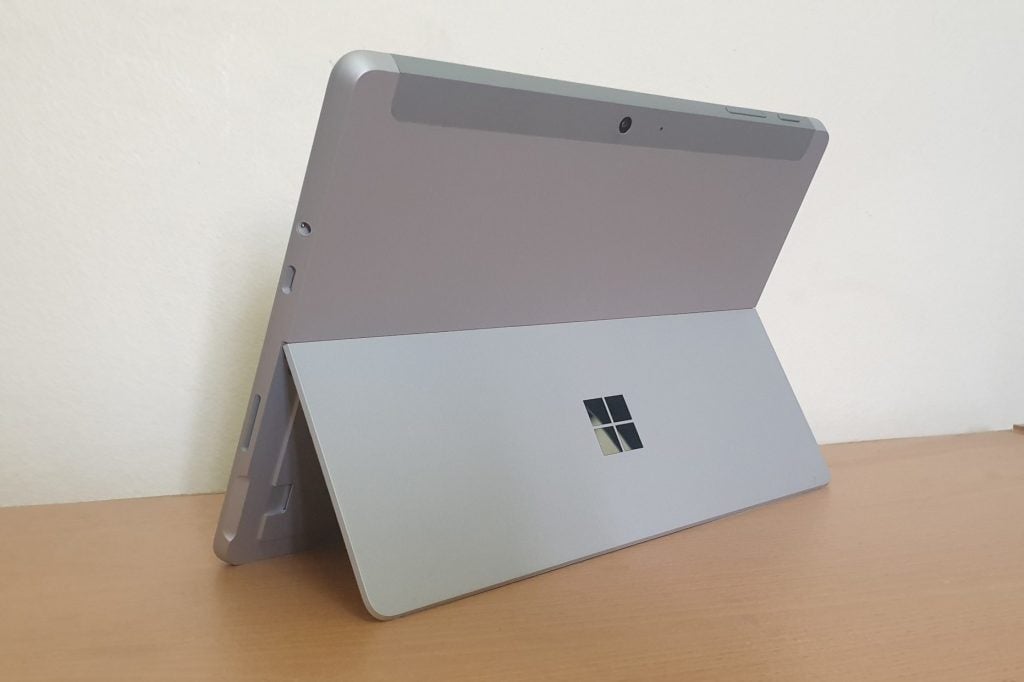
I also found the speakers to be surprisingly loud and clear, and so set the Surface Go 2 up as my personal Spotify DJ as I worked.
The HD 5MP front-facing camera and dual-microphone setup also make this a superb device for video chats. My face looks clear and sharp with no distortion to the video feed, while recordings of my voice sound crisp and clear.
The power and volume buttons can be found on the top rim. Since they require a firm push to accept your inputs, you’re unlikely to accidentally power off the device while holding it. A headphone jack, USB-C and Surface Connect port can be found on the right side, while a MicroSDXC card reader hides underneath the stand.
Keyboard
- Type Cover costs £99.99 extra
- Keyboard snaps onto tablet magnetically
- Type Cover is too uncomfortable for lots of typing
If you’ve seen any of Microsoft’s adverts for the Surface Go 2, you’ve probably seen it accompanied by the Type Cover. Unfortunately, this keyboard attachment is sold separately and costs £99.99 at the very least – it will set you back £124.99 if you opt for the Blue, Red or Platinum variations.
So is the Type Cover worth it? It really depends on how you’re going to use it. It’s well built and an absolute doddle to set up, snapping magnetically in place to the underside of the Surface Go 2 – but the typing experience isn’t so great.
Keys have decent travel, at least for a Type Cover, but they don’t offer that snappy feedback that proper laptop keyboards provide. The keys also feel small and squashed together, resulting in my muscle-memory programmed fingers, making frequent typos.
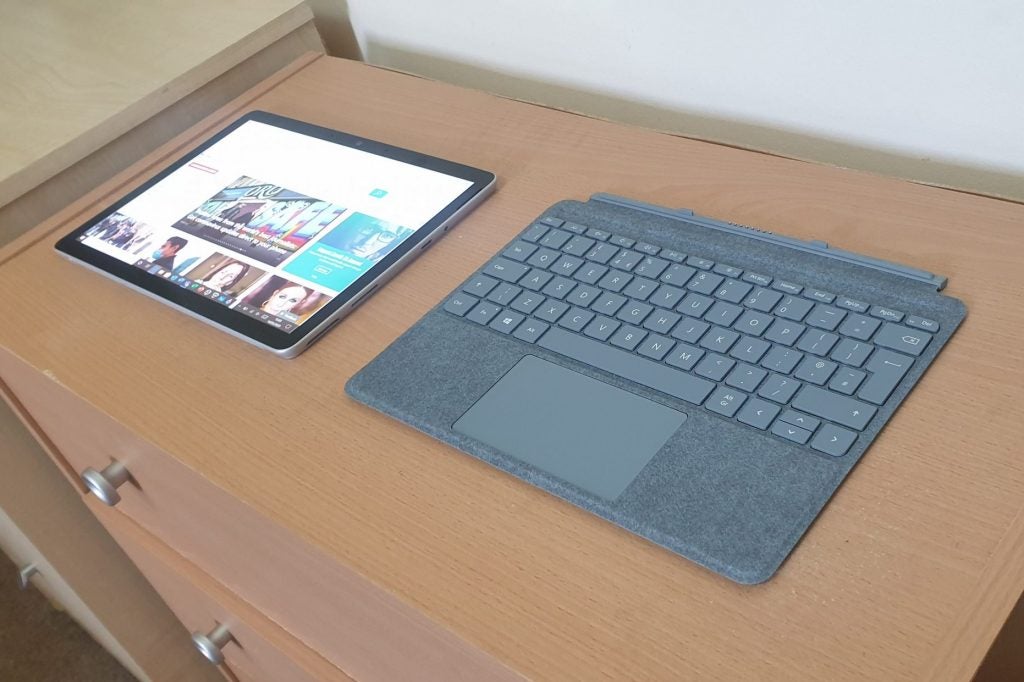
The Type Cover isn’t very firm either, with my key presses causing the accessory to wobble for an even more awkward experience. It’s still better than using the touchscreen to enter passwords and message friends though.
The Type Cover should prove adequate for quick-fire notes at a university lecture or prodding in search terms via Google, but if you plan on writing long essays or reports, you’ll likely crave a more qualified keyboard.
The trackpad can’t be faulted though, with a pleasingly smooth touch and impressively speedy reactions.
Screen
- Small-margin improvements
- Screen size increased to 10.5 inches
- 1080p resolution is decent for video content
- Bezel has been shaved down for a cleaner look
One of the biggest improvements for the Surface Go 2 compared to its predecessor is the slightly larger display, upping the size from 10-inches to 10.5.
Let’s be totally honest, 0.5 inches isn’t going to make a massive difference for viewing video content, but Microsoft has at least ensured this Surface sequel boasts a sharper design by shaving down the bezel.

The Surface Go 2 resolution is up to 1920×1280 from the 1800×1200 that its predecessor claimed, which is plenty enough pixels to make Netflix and YouTube content shine. Brightness can be increased to a decent level too, although maybe not quite high enough to watch Tiger King in your garden without suffering sun glare.
Being an IPS panel, the colour reproduction here is pretty great. You’re not going to get professional-grade accuracy with your sketches, but colours will still look lovely and vivid.
Performance
- No laptop replacement
- Reliable performance when sticking to Windows S Mode
- Base model not powerful enough for Windows 10 upgrade
- Unfriendly interface for touchscreen controls
Microsoft claims the Surface Go 2 boasts a 64% faster performance than its predecessor thanks to the new Intel 8th Generation Core M3 chip. However, to get this speedier chip you’ll need to pay at least £619.
The review model I have features the entry-level Intel Pentium Gold 442Y processor, which is significantly cheaper at £399 but also limited to a meeker performance. Neither processor option is powerful enough to compare to modern ultrabooks, but Microsoft is pitching this as a tablet that can offer laptop skills – not the other way round. This means it’s competing with the likes of the iPad rather than a Dell XPS 13.
| Surface Go 2 | Surface Go | iPad Pro | |
| Geekbench 5 single-core | 2121 | 1627 | 1117 |
| Geekbench 5 multi-core | 4091 | 3595 | 4640 |
With a tablet-level performance, the Surface Go 2 runs perfectly fine when set to Windows 10 S mode. This streamlined operating system is installed on the device at default and ensures a nippy performance despite the low-powered CPU. However, it does come with compromises.
Windows 10 S Mode is only compatible with Microsoft-approved apps, so while the likes of Netflix, Spotify and Instagram are all good to go, you’ll be prevented from downloading more obscure third-party software from the web. Microsoft has also prevented access for competing software such as the Google Chrome browser, forcing you to use Internet Explorer instead.
Fortunately, you can easily install full-fat Windows 10, which grants you the freedom to download anything you’d like as you would with a laptop. But since this operating system isn’t optimised for a tablet, navigation is clumsy, and the performance can be frustratingly sluggish. Simple tasks such as opening a spreadsheet or switching between two browser tabs cause the device to falter when Windows 10 is installed, which is far from ideal.
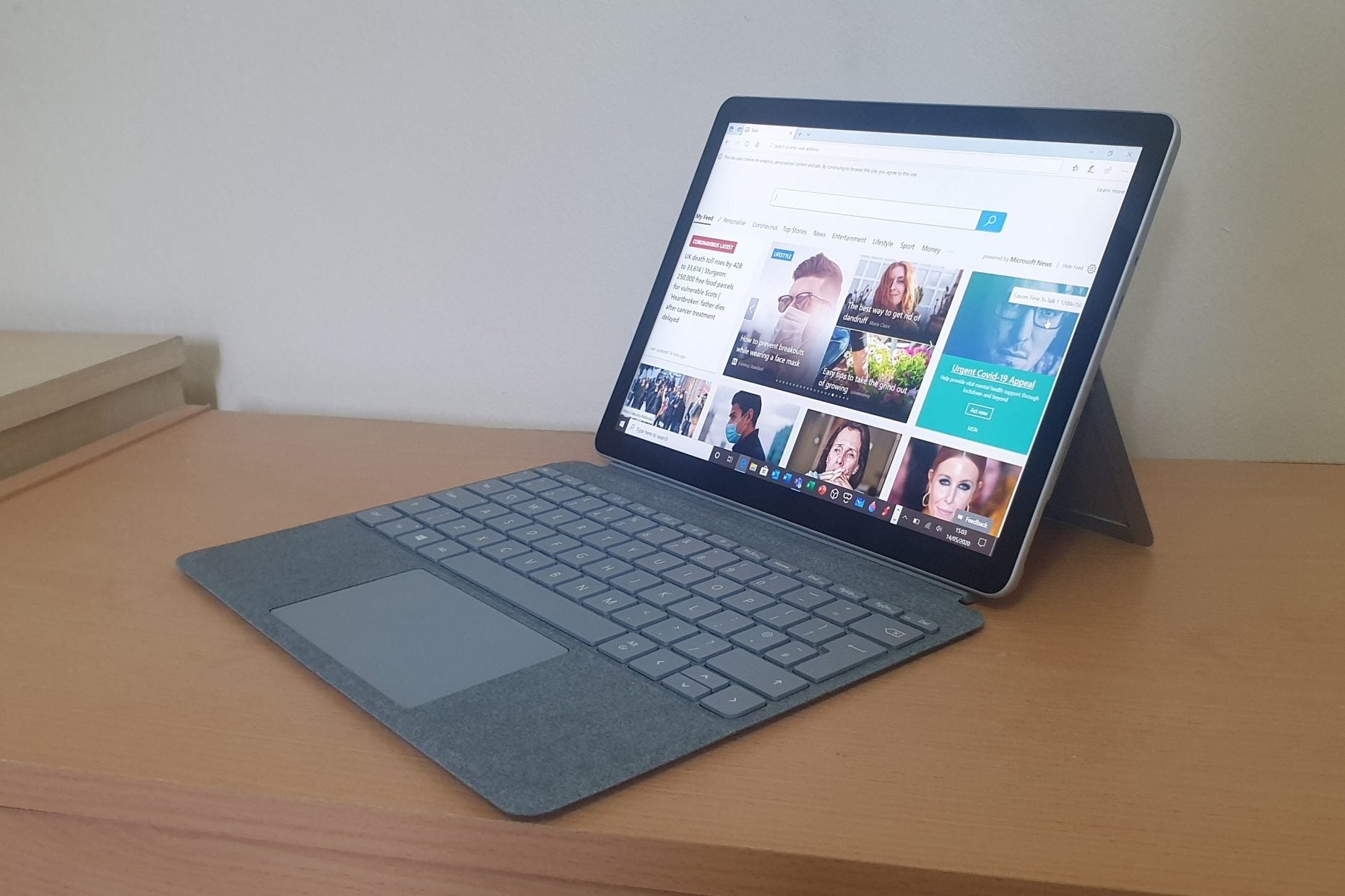
There’s the potential that the more expensive Intel 8th Generation Core M3 configuration will be able to handle Windows 10 more effectively, but I can’t be sure of that without testing. For the entry model though, I suggest sticking to Windows 10 S Mode, despite the app restrictions.
It also has to be said that Windows 10 S Mode doesn’t provide the most user-friendly tablet interface, with the likes of Android and iPadOS offering far more streamlined approaches for touchscreen control. The iPad may be even more locked down than the Surface Go 2, but at least it excels as a tablet.
The Surface Go 2 has two connectivity options. The first is Wi-Fi, although there’s no support for the new Wi-Fi 6 standard. The second is LTE for connectivity outside your home, but this is only available with the £719 configuration, which is approaching ultrabook levels of cost.
Battery life
- Lasted 9 hours 12 minutes in battery benchmark
- Roughly the same stamina as the iPad 7
The Surface Go 2 may not be a very powerful device, but as a compromise, you get a pretty good battery life instead. Our benchmark test – which involved dimming down the brightness to 50% and running a simulation via PCMark 10 – saw the tablet last 9 hours and 13 minutes before requiring a recharge.
This is around the same stamina you’ll find with the iPad 7, so Microsoft is hitting par with its main rival rather than boasting any advantage.

I’ve also read reports that the more expensive configuration (with the Intel 8th Generation Core M3 processor) has a shorter battery life too. I can’t confirm or deny this without testing, but it’s something to be wary about if you do end up forking extra cash for the high-end model.
Should you buy the Surface Go 2?
The Surface Go 2 promises to be a device that can function as both a tablet and a makeshift laptop but falls short at excelling at either. While the tablet’s design can’t be faltered, the Windows 10 S Mode operating system isn’t as user friendly as Android or iPadOS and suffers clunky touchscreen navigation.
And while I appreciate the option of being able to install full-fat Windows 10 instead, the entry-level model simply isn’t powerful enough to handle it, resulting in a sluggish performance for even the most basic tasks. Spending extra for the high-end configuration could possibly solve this issue, but factor in the cost of the cheapest Type Cover, and you’re already spending a total of £719 – you can buy a modern Windows 10 ultrabook for that kind of money.
Despite its many flaws, I do have a soft spot for the Surface Go 2. It’s a good-looking, well-made tablet that’s a worthwhile iPad alternative if you prefer Microsoft’s operating system over Apple’s. For watching Netflix, browsing the web and scrolling through social media, the Surface Go 2 will do a great job, but will only disappoint when it comes to essay writing and office work.
You should buy if…
- You want a Windows tablet
Microsoft may market the Surface Go 2 as a 2-in-1 device, but since it doesn’t come bundled with a keyboard it’s essentially just a tablet running on Windows 10 in S mode.
- You want a device primarily for web browsing and video streaming
The Surface Go 2 isn’t a very powerful device, but it will happily let you browse the web or watch your favourite streaming service. Plus, it only weighs 544g which makes it very portable.
- You like to prop up your tablet
One of my favourite elements of the Surface Go 2 design is the built-in stand. This makes it easy to prop it up on a small desk, making it particularly useful for long-haul flights.
You shouldn’t buy if…
- You want a laptop replacement
Microsoft may be pushing the idea of pairing the Surface Go 2 with the Type Cover, but it’s still a poor replacement for a laptop especially when the combo can cost an eye-watering £719.
- You’re open to getting an iPad
The Surface Go 2 is essentially the Windows version of the iPad, but Apple’s tablet is far more user friendly while also boasting all of the same excellent features. If you don’t mind Apple, we suggest getting an iPad instead.
- You’re looking for a bargain
The Lenovo Chromebook Duet sees the same 2-in-1 concept as the Surface Go 2, yet is far more affordable since it bundles in the detachable keyboard at no extra cost. If you’re happy to go for an Android tablet, we seriously recommend you check out the Duet.
FAQs
No, the Surface Go 2 does not come with a keyboard at default. You’ll need to buy the Type Cover separately.
You can connect the Surface Go to a monitor via the USB-C port. If your monitor doesn’t support USB-C, you’ll need to buy a USB-C to HDMI adapter in order to output the display.
No, you’ll need to buy the Surface Go 2 stylus separately.
Specifications
Jargon buster
Type Cover
Detachable keyboard that needs to be purchased separately.
Windows 10 S Mode
A watered-down version of Windows 10 that restricts downloads to apps via the Microsoft Store. This Operating System is less of a performance strain on a device’s hardware than full-fat Windows 10, and so is often found on budget hardware.
Surface Connect
Microsoft’s proprietary power delivery port
Ultrabook
Small and lightweight laptop
LTE
A wireless standard that allows you to access the internet without the need of a Wi-Fi router. You generally have to pay a data allowance to make use of LTE.

